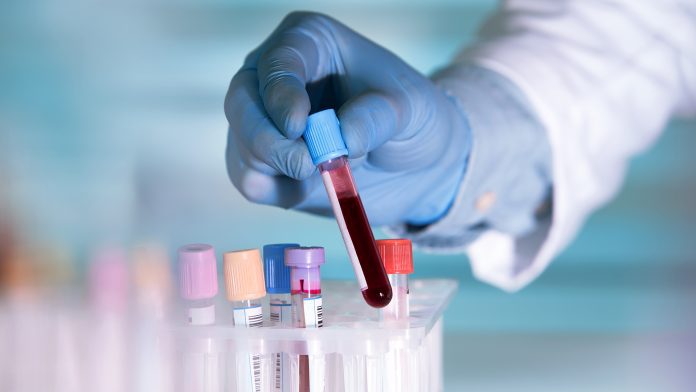
A public inquiry into the contaminated blood product disaster in the 1970s and 1980s will announce its findings on Monday 20 May 2024, after thousands of people with haemophilia in the UK were treated with infected blood.
Today (20 May 2024), the findings of the public inquiry into why thousands of men, women and children in the UK were treated with infected blood, the impact on their families, how the authorities responded, the support provided, consent and whether there was a cover-up, will be published.
Haemophilia is a genetic condition that can cause blood clotting, leading to internal bleeding into joints, muscles and occasionally, internal organs. As a result, sufferers may experience severe pain, organ damage or death.
How did thousands of people receive infected blood?
In the late 1970s and early 1980s, 4,800 British haemophiliacs received blood infected with Hepatitis C through their NHS treatment. Over 1,200 of those individuals became subsequently infected with HIV, the virus that leads to aids. Of those 1,200, more than 800 people have already died, and hundreds more have died from Hepatitis C.
A further 170 non-haemophiliacs became infected with HIV and many more with Hepatitis C through contaminated blood and tissue transfusions. It is estimated that in total, over 2,500 people have died because of the infected blood.
Revolutionary new product for haemophiliacs
The incident occurred when the NHS introduced a revolutionary new product, factor concentrates, to treat haemophilia. At the time, the UK was struggling to meet demands for blood-clotting treatment and donor blood and other supplies were imported from the US.
Soon after treatment began, many haemophiliacs died. The donor blood had been from high-risk individuals such as drug users or those with infectious diseases such as HIV. The blood plasma, pooled with hundreds of other donations, became contaminated with thousands of units of the factor concentrate.
The number of victims continues to grow. Many spouses, partners, and loved ones of those impacted by infected blood have now themselves become infected. Many people were not informed they had been given infected blood until years later.
Public inquiry findings to be published on 20 May 2024
After years of campaigning, the UK Government announced a public inquiry into the infected blood incident. It was led by former judge Sir Brian Langstaff and took evidence between 2019 and 2023. Lords Robert Winston and Alf Morris have dubbed the evidence as “the worst treatment disaster in the history of the NHS“.
The public inquiry has investigated the events and actions that caused or contributed to the catastrophic failure that resulted in unsafe treatment. It will review whether the support available is appropriate and effective in meeting the needs of all impacted by infected blood.
The inquiry has appointed 2,007 individuals who are infected and affected as core participants, and these accounts have added to the inquiry’s knowledge. Important charities such as The Haemophilia Society and Treloar Trust are also appointed core participants.
The infected blood inquiry will publish its final report on 20 May 2024.
Tainted blood: Campaigning for all victims
Tainted blood is a committee fighting for the victims of the infected blood tragedy. They are campaigning for full compensation for all impacted, a comprehensive acknowledgement by the Prime Minister, and future-proof measures to protect the patients of the future.









